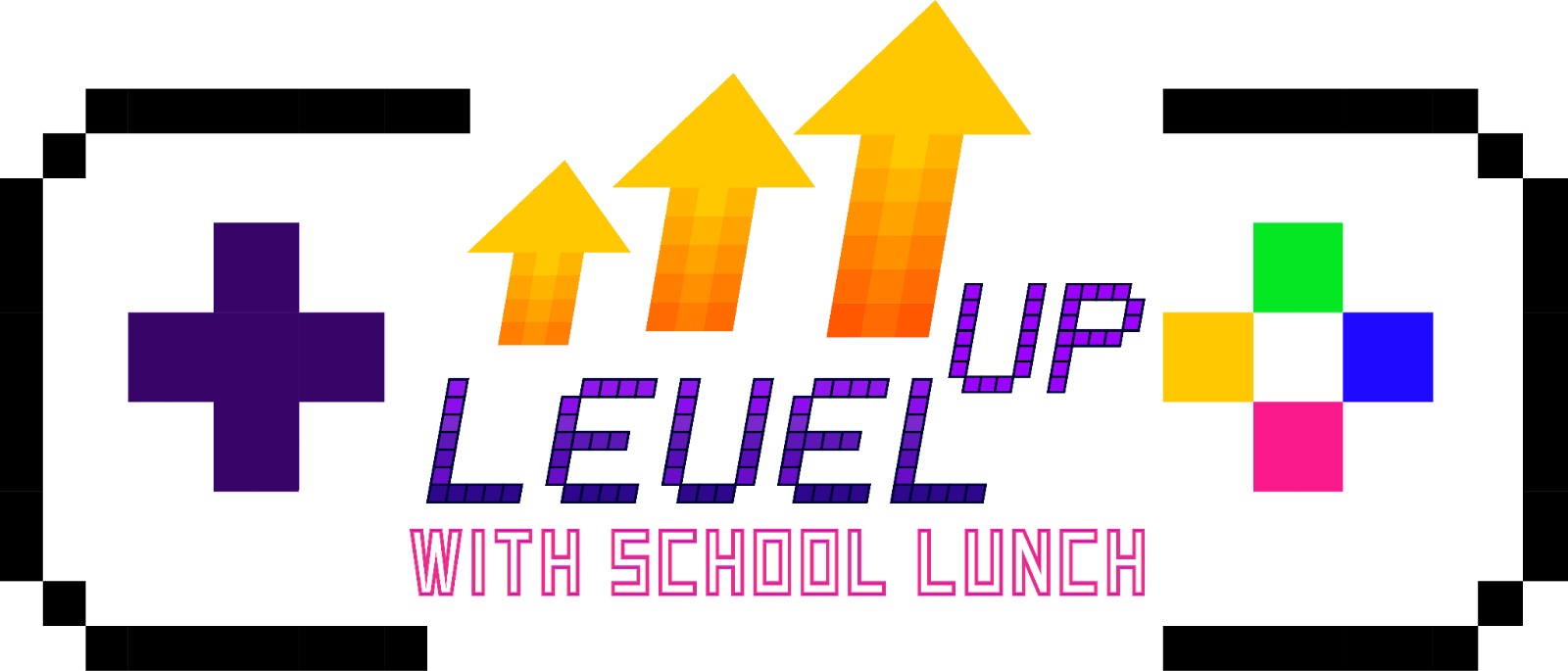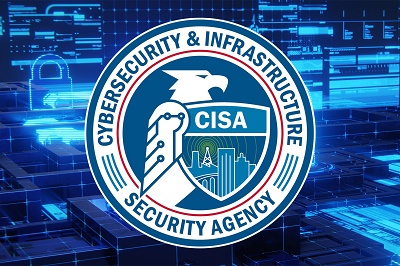Early Literacy Success Initiative Launches

One of the core investments of the newly passed Early Literacy Success Initiative is the Early Literacy Success School District Grants. These grants will provide $90 million for school districts and eligible public charter schools.
A strong, shared understanding of the content in
Oregon’s Early Literacy Framework is an important first step in planning for this grant. The framework serves as a primary resource for strengthening student belonging and literacy instruction.
ODE created
an overview of the new legislation as it pertains to
applying and reporting for the Early Literacy Success School District Grants as well as
an accompanying FAQ. These resources were developed with language directly from the legislation and will be updated as additional interpretation and guidance is developed.
Preliminary allocations for the Early Literacy Success School District Grants are now available.
Please Note:These are preliminary allocations; the allocations may change as the state board adopts rules and considers additional weighting for students navigating poverty and other factors. They are provided to support your planning processes. The allocations contain minimum (floor) funding for the smallest school districts and eligible grantees at an amount of $85,000 for the biennium.
The School District Grants require a 25% match of funding (from any fund source) to advance literacy from any district fund sources. School districts and eligible charter schools at or below 50ADMw will be given a small district/schools accommodation to release the need for a match. All other applicants will be asked in their application to name what fund sources they are using to meet the match.
**Please note, this direction is put forward pending SBE approval of temporary and then permanent rules.**
To learn more about the overall Early Literacy Success Legislation,
please visit our website. We will be adding important updates to this site as the Early Literacy Success implementation journey continues. In addition, this
overview of the legislation provides a concise look of the Early Literacy Success Initiative.
Questions?
Prepare Now for National School Lunch Week!

The week of October 9-13 is
National School Lunch Week. The Oregon Department of Education (ODE) and the Oregon School Boards Association (OSBA) are teaming up to raise awareness of the importance of child nutrition programs in schools.
Research shows that students who are adequately nourished at school:
- perform better academically
- behave better in the classroom
We invite school board members and superintendents to eat with students during that week to experience their local school lunches.
Encourage your board to participate by planning lunch with students that week. All they need to do is reach out to school nutrition staff and building administrators before their visit. Then they are encouraged to post to social media about their experience using the #NSLW23inOR hashtag and the ODE (@ORDeptEd) and OSBA (@OSBANews) handle.
Guest Column: CISA Helps Schools Reinforce Mental and Physical Safety
 By: Patrick Massey, CISA Region 10 Regional Director,
CISARegion10@cisa.dhs.gov
By: Patrick Massey, CISA Region 10 Regional Director,
CISARegion10@cisa.dhs.gov
K-12 school communities increasingly contend with an evolving and unique set of threats, hazards, and security challenges, oftentimes with limited resources. The
Cybersecurity and Infrastructure Security Agency (CISA) is dedicated to working alongside school districts to improve the physical security of our nation’s schools.
CISA is focused on helping schools build resiliency to outside threats.
The K-12 School Security Guide Suite developed by CISA assists schools in conducting more robust vulnerability assessments and implementing layered physical security elements across K–12 districts and campuses.
The suite of products provides resources, tools and strategies to improve school physical security. It includes:
- The
CISA K-12 School Security Guide, 3rd Edition – This guide details safety and security planning for all types of K-12 schools across the U.S. and is applicable to schools from rural to urban, and schools at various levels of maturity in their security planning process. Additionally, the Guide demonstrates how schools can create safe and secure learning environments without asking staff members to become security experts.
- The
CISA School Security Assessment Tool (SSAT) – This tool incorporates a systems-based approach to evaluate your school’s safety posture. It’s a web-based assessment that walks users through a tailorable vulnerability analysis and provides results and recommendations.
This partnership with CISA and schools across our region is vital to hardening the security around schools, thereby protecting students from outside intruders intent on doing harm.
Fostering a safe and nurturing environment where students feel empowered to express their concerns when they experience an emotional threat is also important. Reporting programs are designed to provide students with a trusted avenue for seeking help and reporting concerns. These systems facilitate early intervention, thereby helping to prevent targeted violence and other negative outcomes. However, schools often face challenges because many students and adults are reluctant to report this activity.
In a combined effort to improve and encourage reporting, CISA’s School Safety Task Force, and the United States Secret Service (USSS) National Threat Assessment Center (NTAC) have partnered to publish “Improving School Safety Through Bystander Reporting: A Toolkit for Strengthening K-12 Reporting Programs.” The toolkit offers simple strategies and guidance that K-12 schools and school districts can use to implement and enhance safety reporting programs and encourage bystander reporting among students and the greater school community. The toolkit is geared toward superintendents, district and school administrators, school boards, and state policymakers.
There is no more important institution to the future prosperity and strength of the United States than our K-12 education system. CISA stands ready to partner with schools to improve your security and resiliency.
For more information or assistance, please
contact the Region 10 office for CISA at CISARegion10@cisa.dhs.gov.